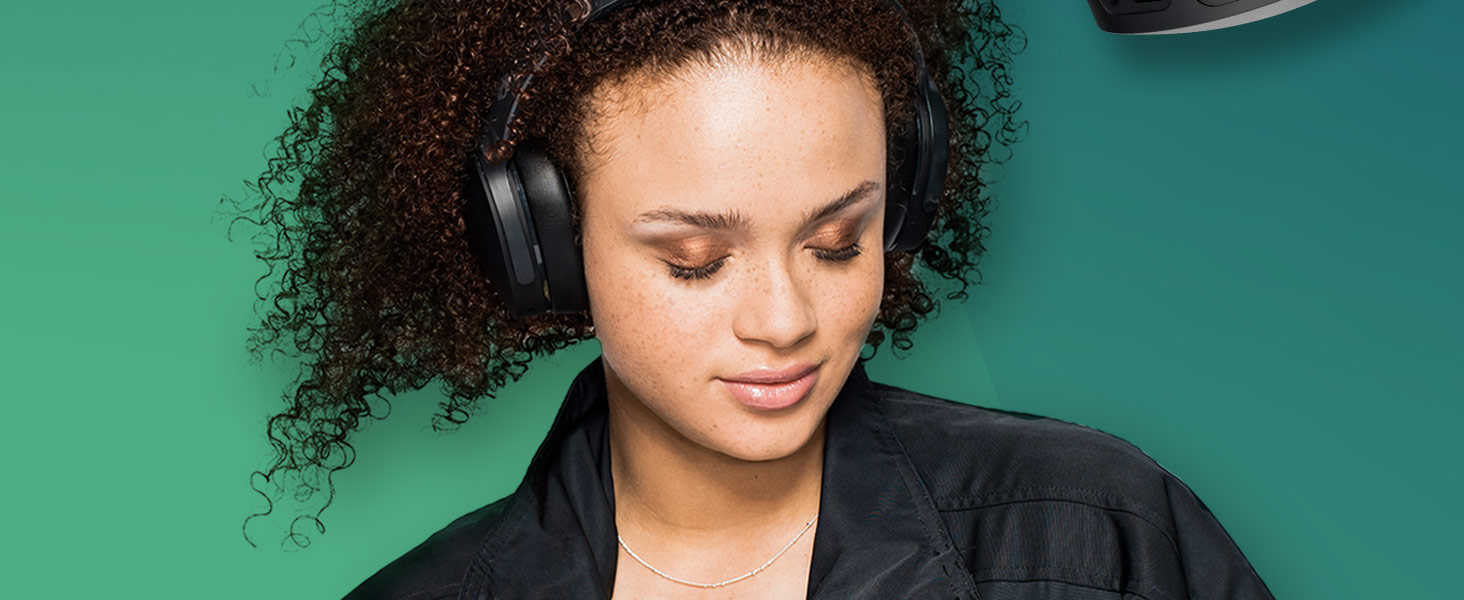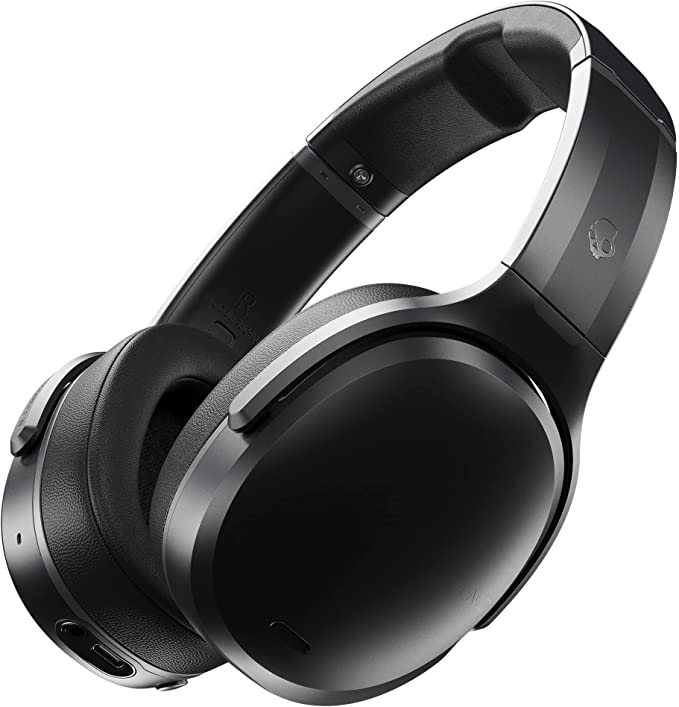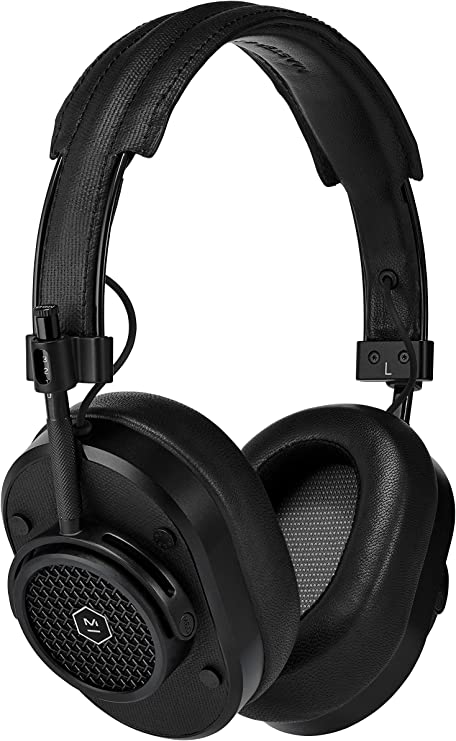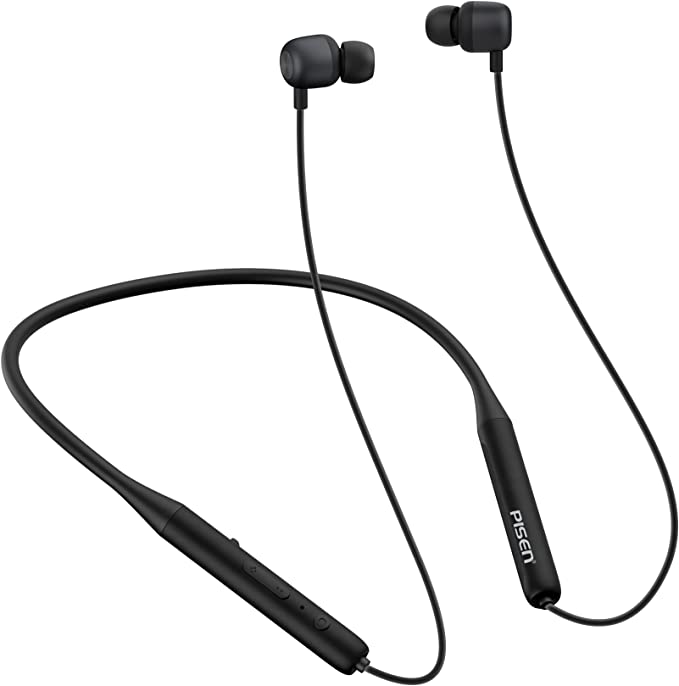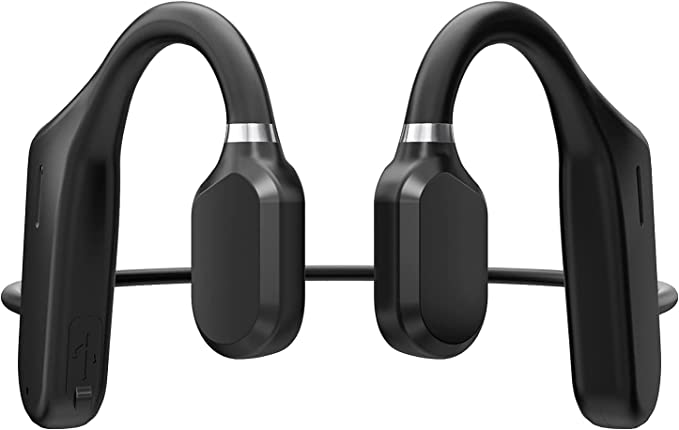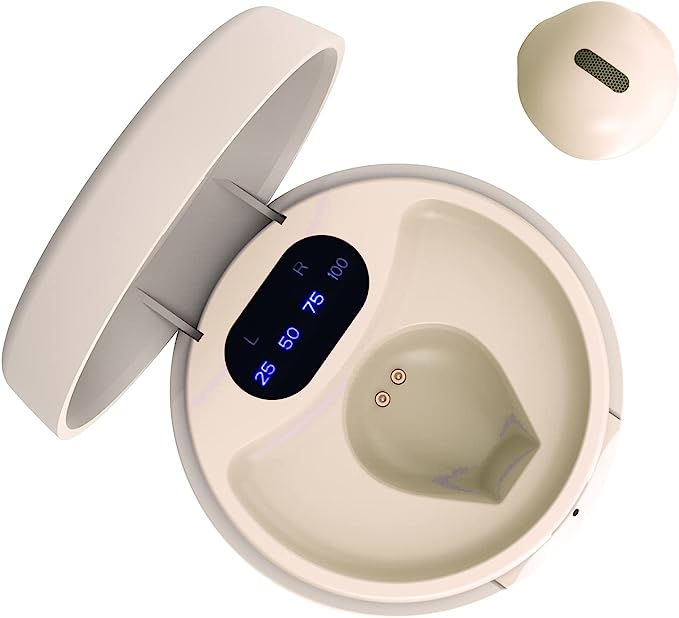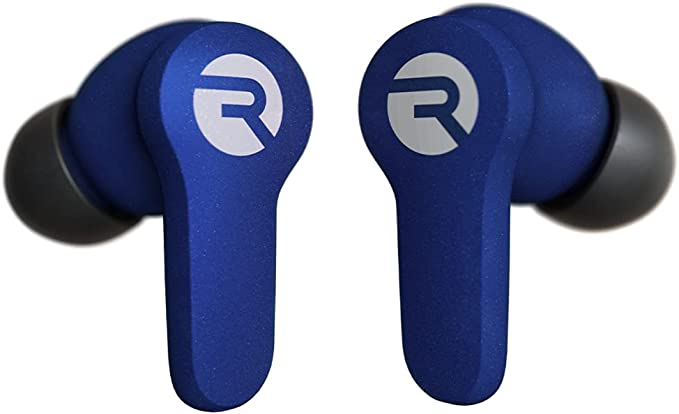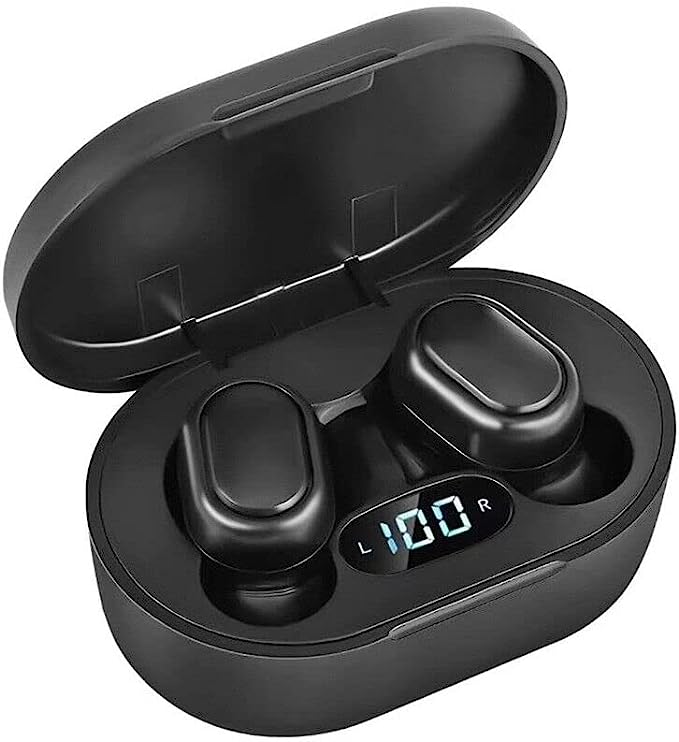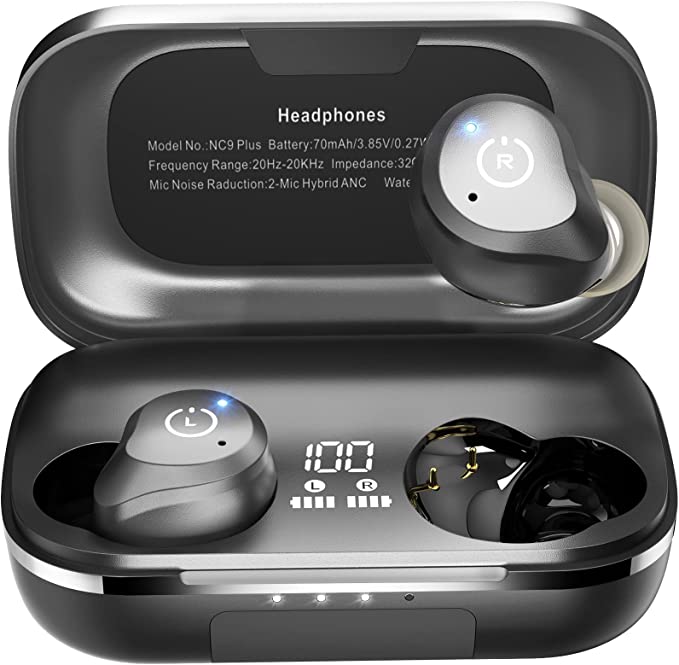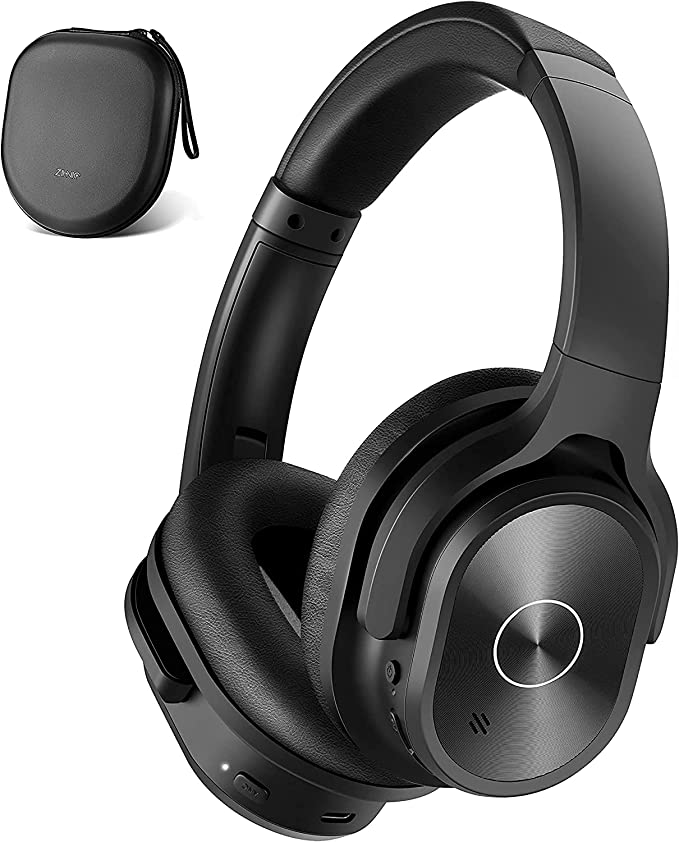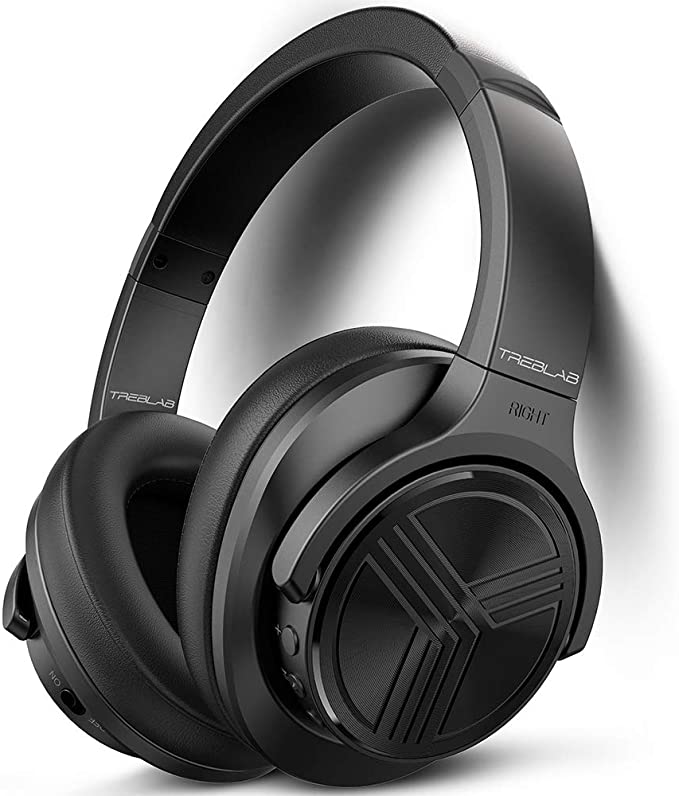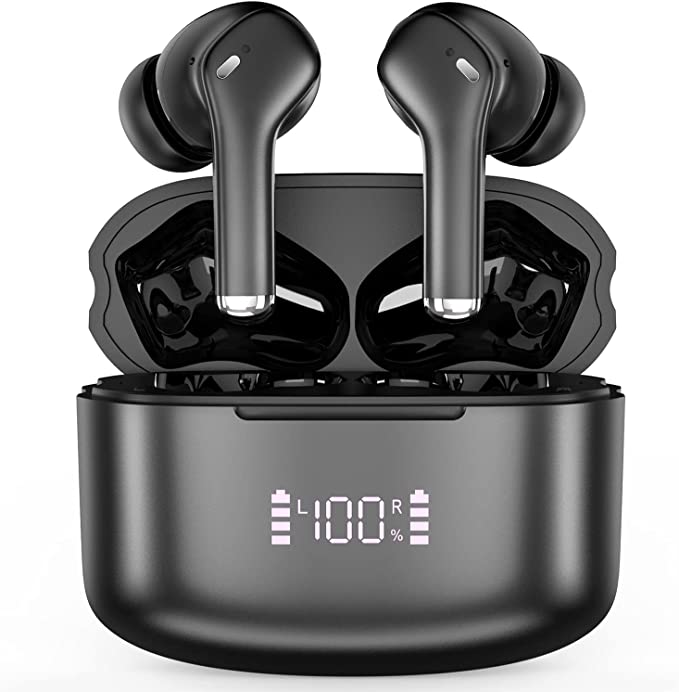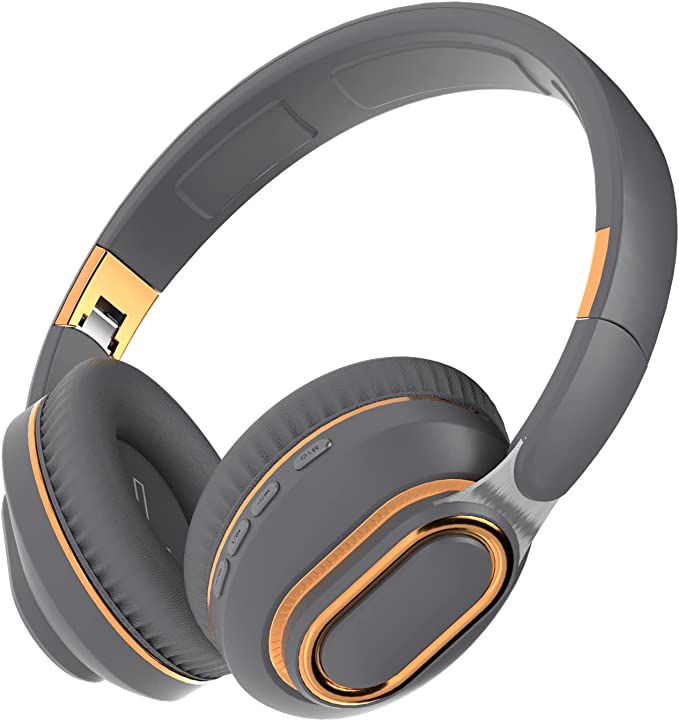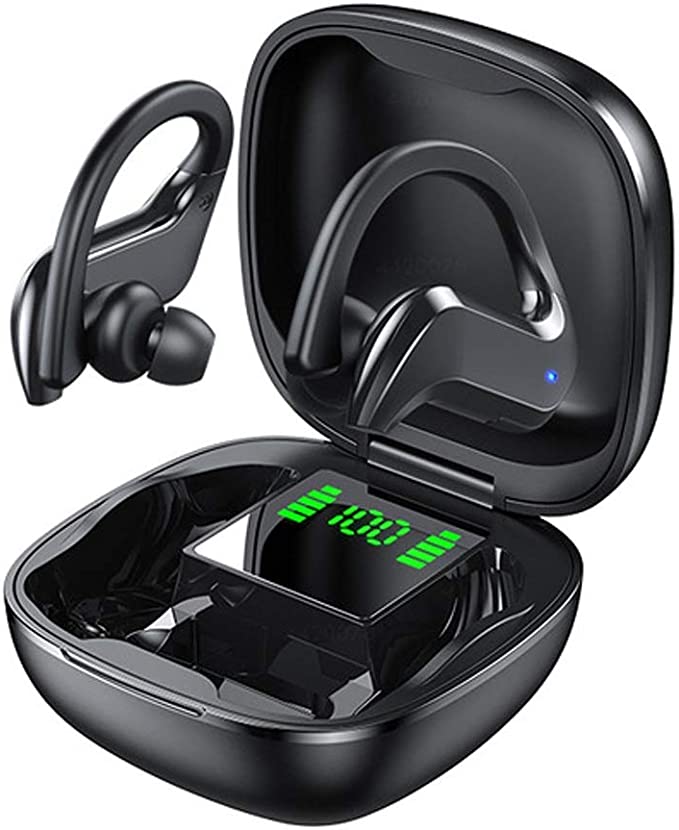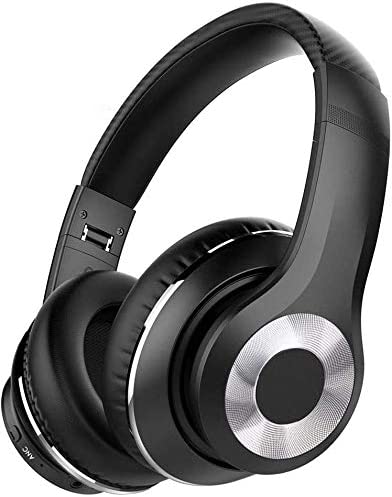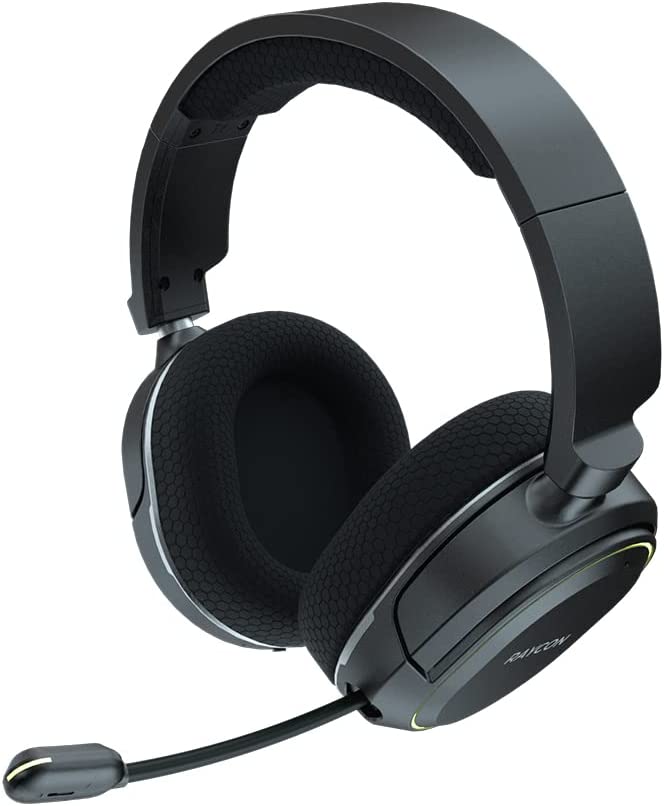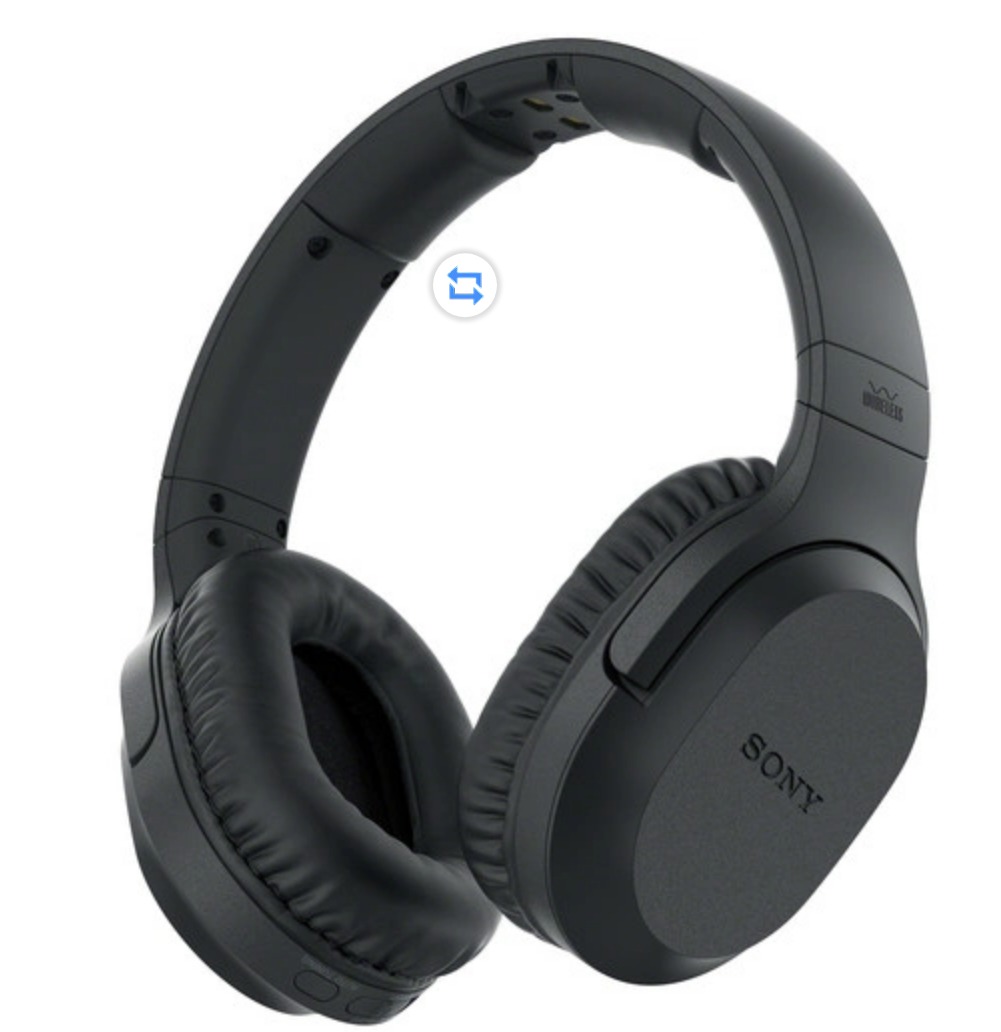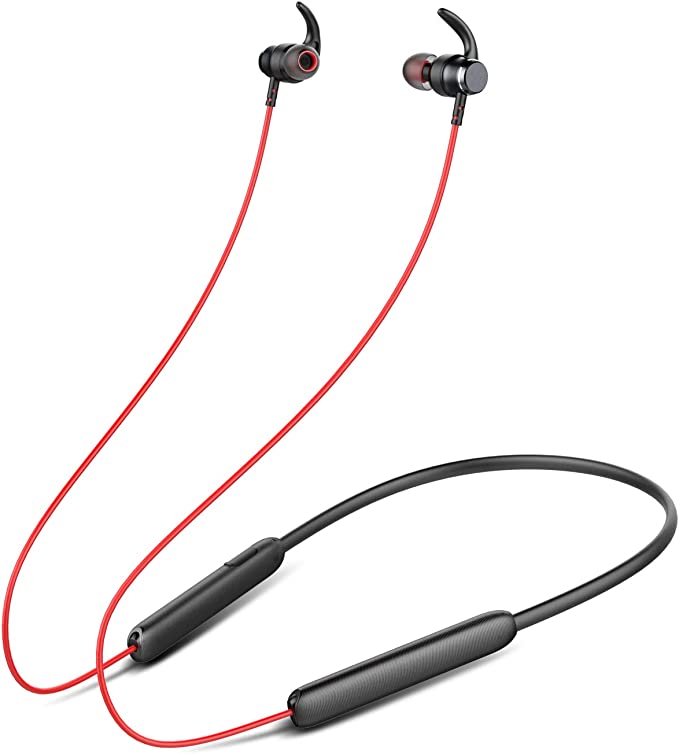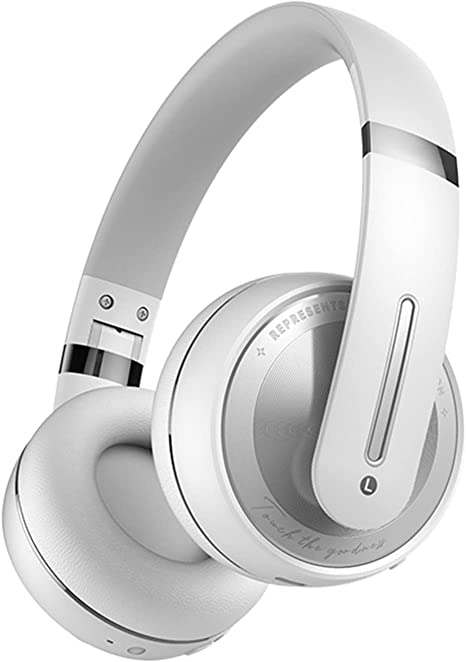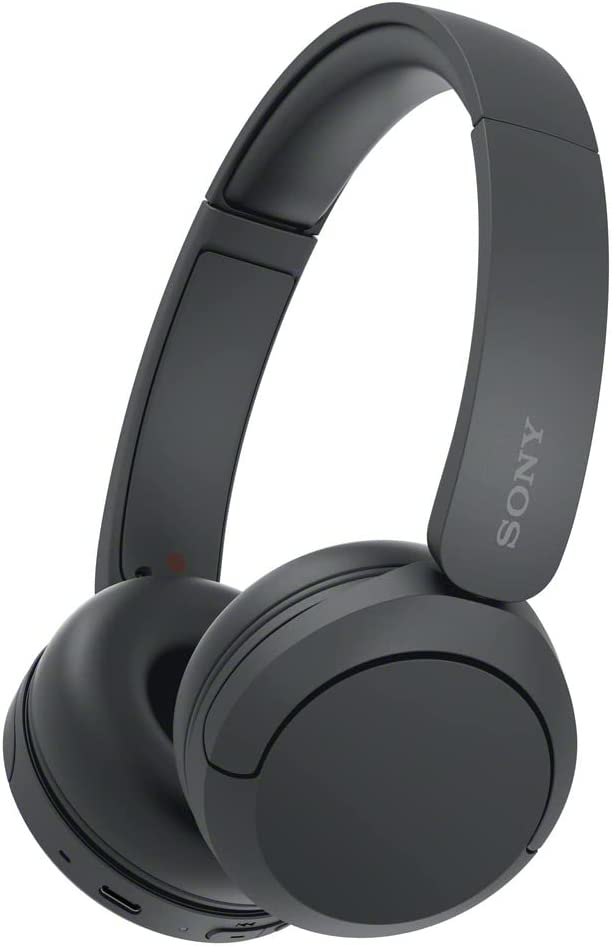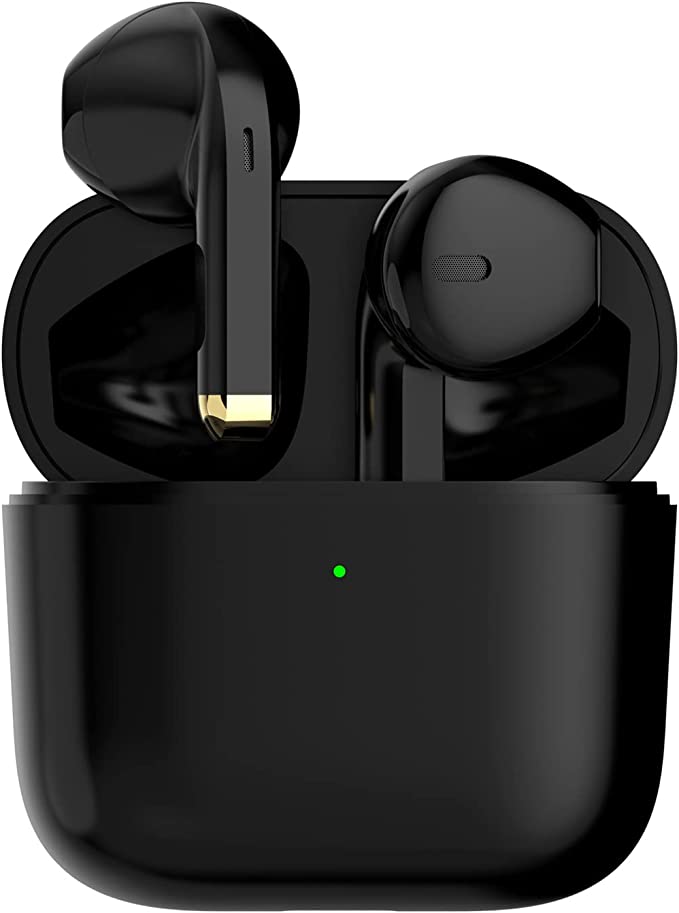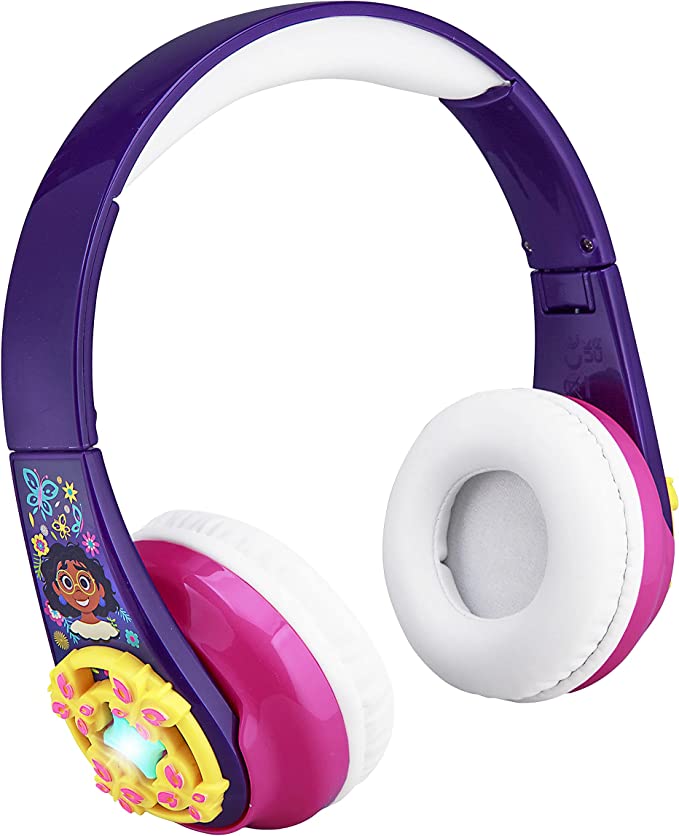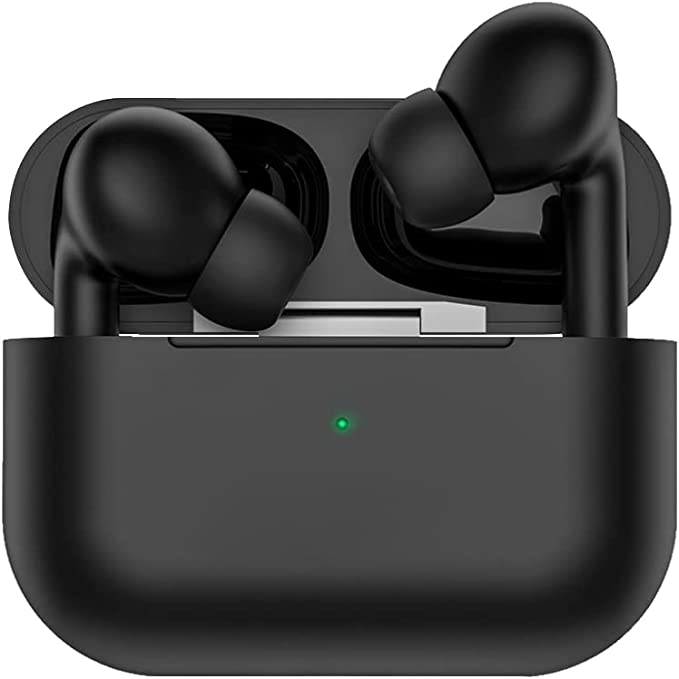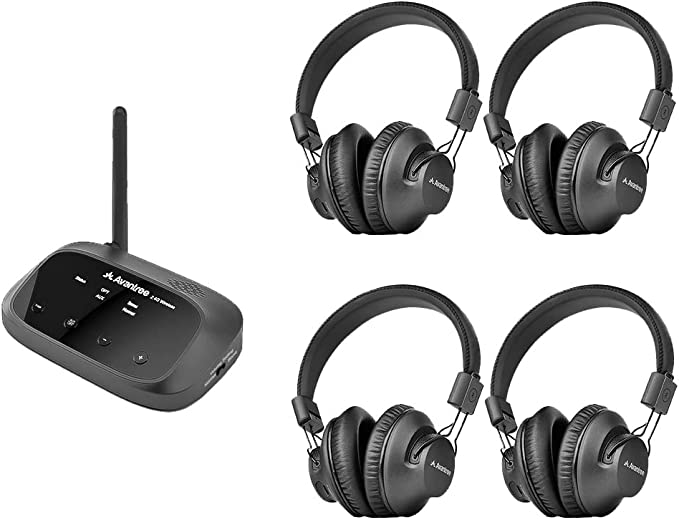Raycon The Work Headphones: Mastering Focus - The Science Behind ANC and All-Day Comfort
Update on April 28, 2025, 2:59 p.m.
We live in a world saturated with sound. From the cacophony of the morning commute to the incessant chatter of an open-plan office, or even the layered soundscape of a busy home, finding a pocket of quietude can feel like searching for an oasis in a desert. This constant barrage isn’t just an annoyance; it’s a cognitive drain. Unwanted noise competes for our attention, fragments our focus, and subtly depletes the mental energy we need for deep work, creative thinking, or simply unwinding.
In this relentless auditory landscape, technology has stepped forward, offering tools not just to entertain, but to shield. Headphones, once primarily vessels for music, have evolved into sophisticated instruments for managing our personal sound environment. Devices like the Raycon The Work Bluetooth Wireless Headphones exemplify this shift, integrating layers of science and engineering aimed squarely at helping us reclaim our focus. But how exactly do they conjure calm from chaos? Let’s peel back the layers and explore the fascinating science woven into these everyday companions.

Engineering Calm: The Gentle Art of Active Noise Cancellation
At the heart of many focus-enhancing headphones lies a technology that seems almost magical: Active Noise Cancellation (ANC). How can a device add something (sound) to create less sound? The answer lies in understanding the nature of sound itself – it travels as waves, ripples of pressure moving through the air, each with its own pattern of peaks and troughs.
ANC technology performs a kind of elegant acoustic judo. Tiny microphones positioned on the outside of the headphones act like vigilant listeners, constantly sampling the ambient noise surrounding you – the steady drone of an aircraft engine, the low hum of office ventilation, the rumble of traffic. This captured soundwave pattern is instantly analyzed by a processor. The processor’s critical job is to compute and generate a precise opposite soundwave, an “anti-noise” signal that is $180^{\circ}$ out of phase with the incoming noise. Think of it like carefully creating ripples on a pond that perfectly mirror and flatten incoming waves.
This anti-noise is then played through the headphone’s internal speakers. When the original external noise wave and the internally generated anti-noise wave meet within the confines of the earcup, they interfere destructively. The peak of one wave aligns with the trough of the other, effectively neutralizing each other. While it doesn’t create absolute silence (our ears are far too sensitive for that!), it dramatically reduces constant, low-frequency background noise. This principle, first seriously explored decades ago with roots in challenges like reducing noise in airplane cockpits to improve pilot communication and reduce fatigue, is now refined and deployed in headphones like the Raycon Work model to carve out a precious zone of reduced distraction. It’s not just about quiet; it’s about creating the mental space needed for concentration or simply enjoying audio content without needing to blast the volume. It’s worth noting, however, that ANC is generally less effective against sudden, sharp, or high-frequency sounds, like nearby conversations or alarms – its strength lies in combating persistent drones.

Untethered Thoughts: The Freedom of Bluetooth 5.0
The liberation from wires is one of the great conveniences of modern audio. This freedom is largely delivered by Bluetooth technology, that ubiquitous short-range wireless standard named, perhaps surprisingly, after a 10th-century Viking king famed for uniting disparate Danish tribes. The Raycon Work Headphones leverage Bluetooth 5.0, a specific and significant iteration of this standard.
Why does the version number matter? Bluetooth 5.0 brought substantial upgrades compared to its predecessors. As defined by the Bluetooth Special Interest Group (SIG), the organization that oversees the standard, version 5.0 offers capabilities for significantly increased operational range and faster data transfer speeds. Imagine upgrading your communication from a local dialect understood only nearby to a more universal and efficient language that travels further and carries more information. For the headphone user, this translates into potentially more stable connections even when you move away from your paired device (like a phone or laptop), and the increased data rate allows for higher-quality audio transmission. Crucially, Bluetooth 5.0 was also designed with enhanced power efficiency in mind. This means the headphones can maintain that robust wireless link while drawing less power from the battery, contributing to longer listening times between charges. It’s the unseen handshake that ensures your audio flows seamlessly, whether you’re deep into a project or taking an important call on the move.

The Ergonomics of Immersion: Comfort as a Foundation for Focus
Creating an ideal environment for focus involves more than just managing sound; it requires physical comfort. An uncomfortable pair of headphones quickly becomes another source of distraction, regardless of how well they silence the outside world. The Over-Ear design of the Raycon Work Headphones plays an initial role by physically enclosing the ear, providing a degree of passive noise isolation – simply blocking sound waves with a physical barrier.
But the real star of long-term comfort often lies in the materials, specifically the Memory Foam used in the ear cushions. This remarkable material, technically known as viscoelastic polyurethane foam, has roots tracing back to research funded by NASA in the 1960s, initially aimed at improving aircraft seat cushioning and crash protection for pilots and astronauts. “Viscoelastic” means it exhibits properties of both viscous fluids (it resists flow and changes shape slowly under pressure) and elastic solids (it returns to its original shape when pressure is removed).
In practical terms, memory foam reacts to your body heat and the gentle pressure of the headphones, softening and conforming precisely to the unique contours around your ears. This creates a personalized fit that achieves several crucial things. Firstly, it distributes the clamping force of the headphones more evenly, significantly reducing pressure points that can cause discomfort during extended wear. Secondly, this snug, adaptive seal enhances passive noise isolation, further blocking external sounds. And from a psychoacoustic perspective – the study of how humans perceive sound – this physical comfort is vital. When our body isn’t sending subtle (or not-so-subtle) signals of discomfort, our brain has fewer distractions to process, freeing up precious cognitive resources for the task at hand. It’s about creating an environment where the technology feels less like an imposition and more like a natural, supportive extension of ourselves, allowing for deeper immersion and sustained focus during those long work or study sessions.

Powering Productivity: Endurance and Clarity for the Modern Workflow
All this sophisticated technology – the noise-canceling processors, the Bluetooth radios, the drivers producing sound – requires energy. The portable electronic revolution we live in is largely indebted to the development of Lithium-Ion (Li-ion) batteries. Recognized with the 2019 Nobel Prize in Chemistry, Li-ion technology packs a significant amount of energy into a compact and lightweight form, making devices like powerful wireless headphones feasible.
The Raycon Work Headphones specify up to 32 hours of battery life on a single charge. While actual time can vary based on factors like volume level and ANC usage, this figure represents substantial endurance. In real-world terms, it could mean powering through multiple full workdays, lengthy travel, or intensive study periods without the anxiety of constantly needing to find a power outlet. This reliability is crucial for maintaining workflow momentum in today’s flexible and often mobile work styles. When it is time to recharge, the inclusion of a USB-C port ensures compatibility with the modern standard for charging cables, adding a layer of convenience.
Beyond managing sound and comfort, effective work often hinges on clear communication. The inclusion of a detachable boom microphone is a practical nod to this reality. Unlike microphones integrated directly into the earcup, a boom mic positions the microphone element closer to the mouth and often incorporates directional technology. This design is generally more effective at isolating the user’s voice from ambient background noise, leading to clearer, more professional-sounding communication during calls, video conferences, or voice recordings – an essential element for productivity in collaborative environments.

Conclusion: Tuning In to Ourselves
Looking closely at a device like the Raycon Work Headphones reveals a fascinating convergence of disciplines. Physics principles allow us to actively cancel sound waves. Radio engineering advancements give us the freedom of wireless connectivity. Material science provides foams that adapt to our form for sustained comfort. And electrochemistry delivers the power density to make it all portable and practical.
But perhaps the most profound insight isn’t just appreciating the individual technologies, but recognizing the overarching goal: these tools are becoming increasingly sophisticated extensions of our own ability to manage our sensory environment. In an age often characterized by information overload and constant stimuli, the ability to intentionally curate our auditory world – to dial down the noise and tune in to our thoughts, our work, or our chosen audio – is becoming a vital skill. Technology, when designed with human needs at its core, can do more than just solve problems; it can help us create the conditions necessary for deeper focus, enhanced creativity, and ultimately, a greater sense of well-being in our increasingly complex world. It’s about using the symphony of science not just to hear less of the world, but to better hear ourselves.
